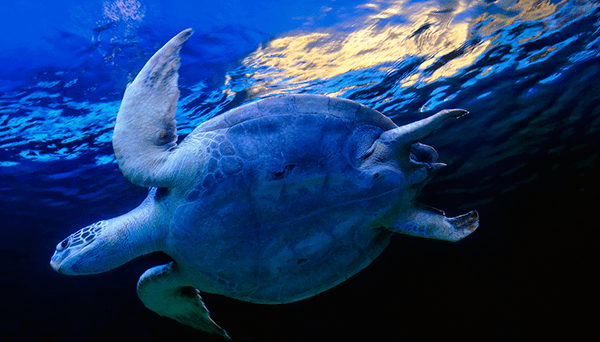Conserving Marine Species and Spaces of Common Concern
Status: Inactive
Operational Plan: 2010
This project has assisted the Parties in strengthening their continental capacities and knowledge baseline to conserve priority species and habitats in a region of high ecological significance in North America. The year 2009 represented the culmination of the B2B pilot and related marine NACAPs under the auspices of the CEC.
The purpose of this project is to assist the Parties in fulfilling their commitment to better conserve, protect and enhance the North American environment, specifically by completing the CEC’s support for pilot projects that effectively demonstrate the benefits of trinational collaboration, and that can be replicated in other regions.
Specifically this project is aimed at:
- Supporting the North American Marine Protected Areas Network (NAMPAN) initiative in assessing the adaptive capacity of Priority Conservation Areas (PCAs) on the Atlantic coast of Canada, the United States, and Mexico;
- Completion of CEC activities in support of the Pink-footed Shearwater (PFSW) North American Conservation Action Plan (NACAP).

Background
The Plan for North American Cooperation for the Conservation of Biodiversity was endorsed by the CEC Council in 2003. Holistic in design, the Biodiversity Strategy was intended to steward trinational efforts to conserve species and spaces and deal with common threats by strengthening local capacity, and using economic and market instruments in regions of ecological significance and conservation sites, like the Baja California to Bering (B2B) marine region.
The B2B initiative and the related marine North American Conservation Action Plans (NACAPs) have demonstrated pilot implementation of the Biodiversity Strategy and a framework for cooperation.
In 2009, the CEC published the Marine Ecoregions of North America.
Rational
This project has assisted the Parties in strengthening their continental capacities and knowledge baseline to conserve priority species and habitats in a region of high ecological significance in North America.
Key Activities
- Assessing the adaptive capacity of PCAs on the Atlantic coast of Canada, the United States, and Mexico; and
- Training in survey methodologies to estimate seabird abundance and distribution in Mexico, including retrospective analyses of satellite and at-sea survey data (2005-2008) of PFSW (capacity building: scientists and government experts).
Achievements
- A network of MPAs in the Atlantic to the Caribbean region that incorporated adaptive management considerations in its design.
- MPA-based score carding system for the B2B and A2C regions.
- Adoption by fishermen and local and state governments, of effective strategies and programs to eliminate bycatch.
- Effective incentives for local fishermen in Mexico to reduce the use of unsustainable fishing gears.
- Increased capacity for local Mexican fishery stakeholders to implement actions to reduce bycatch.